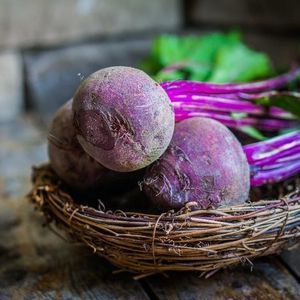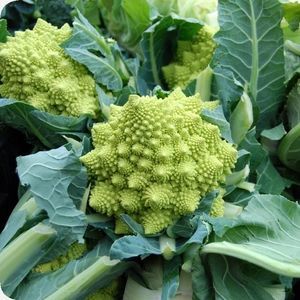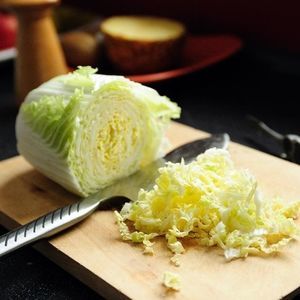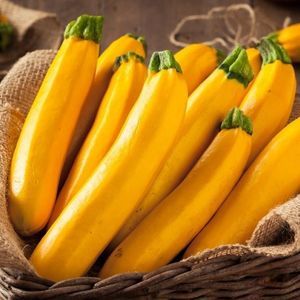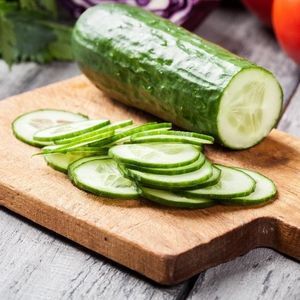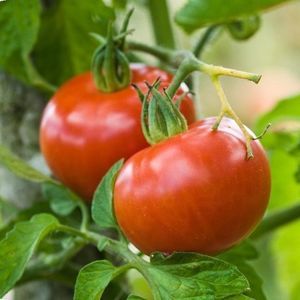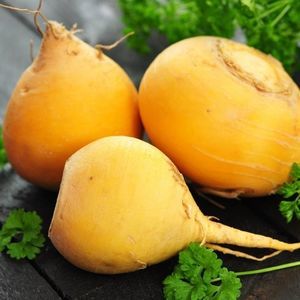
- Seeds and crop inputs
- Seed & plant
- Autumn brocoli seed
- MSL GmbH & Co. KG
Autumn brocoli seed Calabresebiological
Add to favorites
Compare this product
Characteristics
- Harvest season
- autumn
- Other characteristics
- biological
Description
Calabrese develops a strong main stem with a mid-sized head. After harvesting the rose head, the plant grows many side shoots that can be harvested continuously until autumn. Broccoli contains many minerals like potassium, calcium, phosphorus, iron, zinc and sodium, and is also rich in vitamins like B1, B2, B6, E and C.
Natural location: Broccoli has its origin in Asia Minor. Since the 16th century it has been cultivated in Europe as well.
In the kitchen: Like with cauliflower the inflorescence, stem base, stalks and leaves of the Broccoli plant are edible. The stalk has an aroma resembling green asparagus. You can harvest Broccoli as soon as the buds are properly developed, but still closed. Cut the inflorescence with the 10 to 15 cm long stalk and the leaves, but let the plant grow further as it will produce additional small flower heads. Broccoli should be kept cool, dark and covered in plastic wrap in the vegetable drawer of the fridge, where it can be stored for not more than three days. It can be eaten raw, steamed or cooked. Cut the head, flower buds and the peeled stalk into similar-sized pieces to ensure that they are soften in the same and timely way while cooking. Ideally, Broccoli is blanched for two minutes in boiling hot saltwater until it is firm to bite, or it served on a raw vegetable platter with a savoury dip.
Catalogs
Related Searches
*Prices are pre-tax. They exclude delivery charges and customs duties and do not include additional charges for installation or activation options. Prices are indicative only and may vary by country, with changes to the cost of raw materials and exchange rates.










